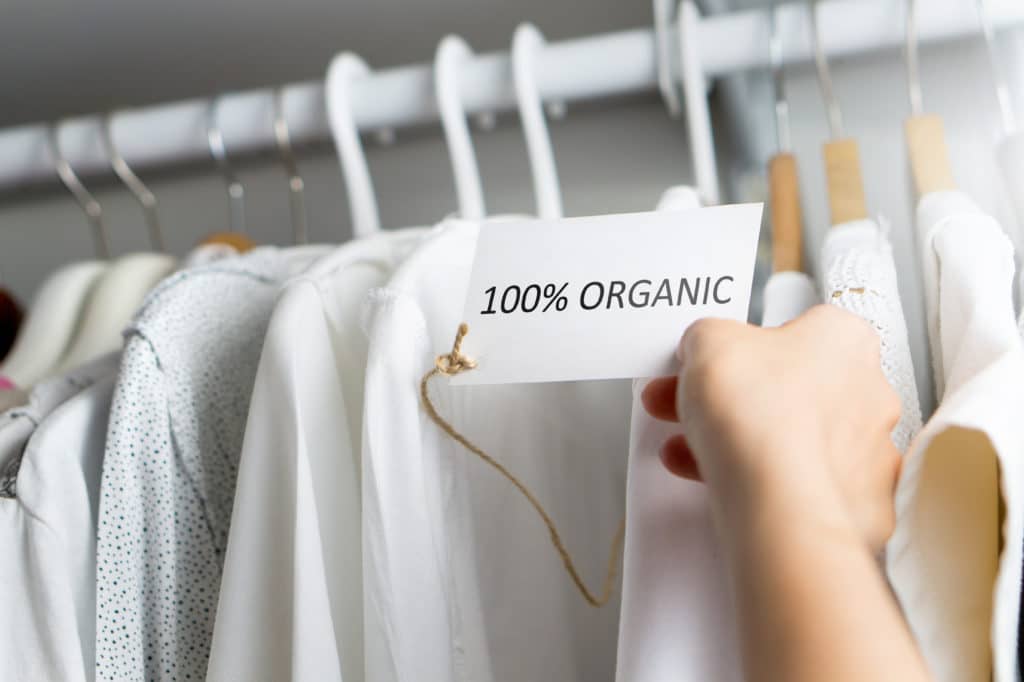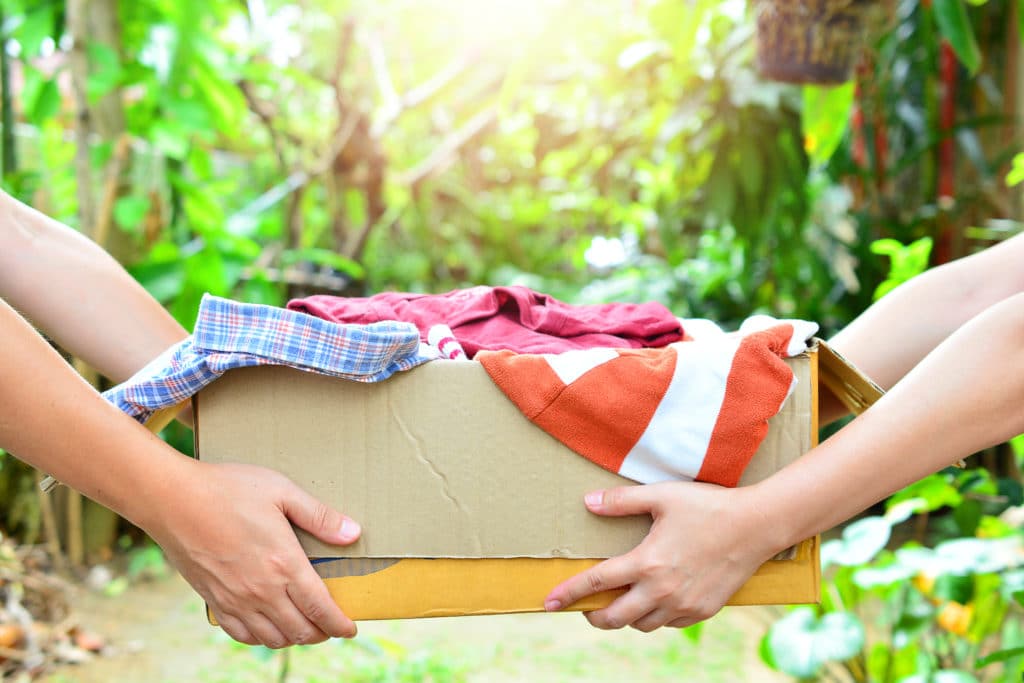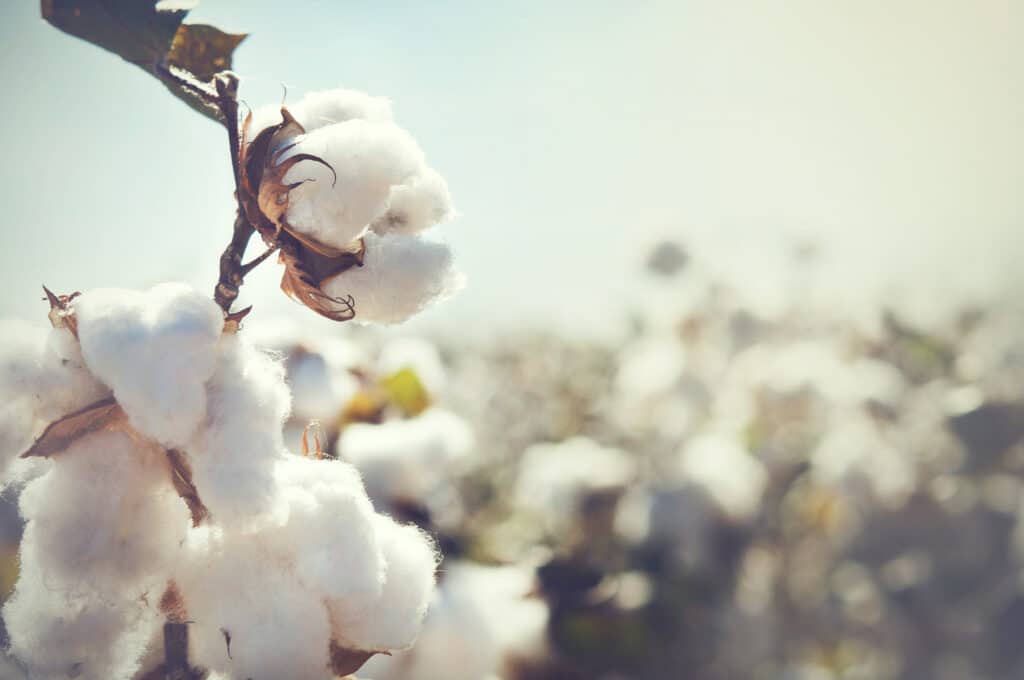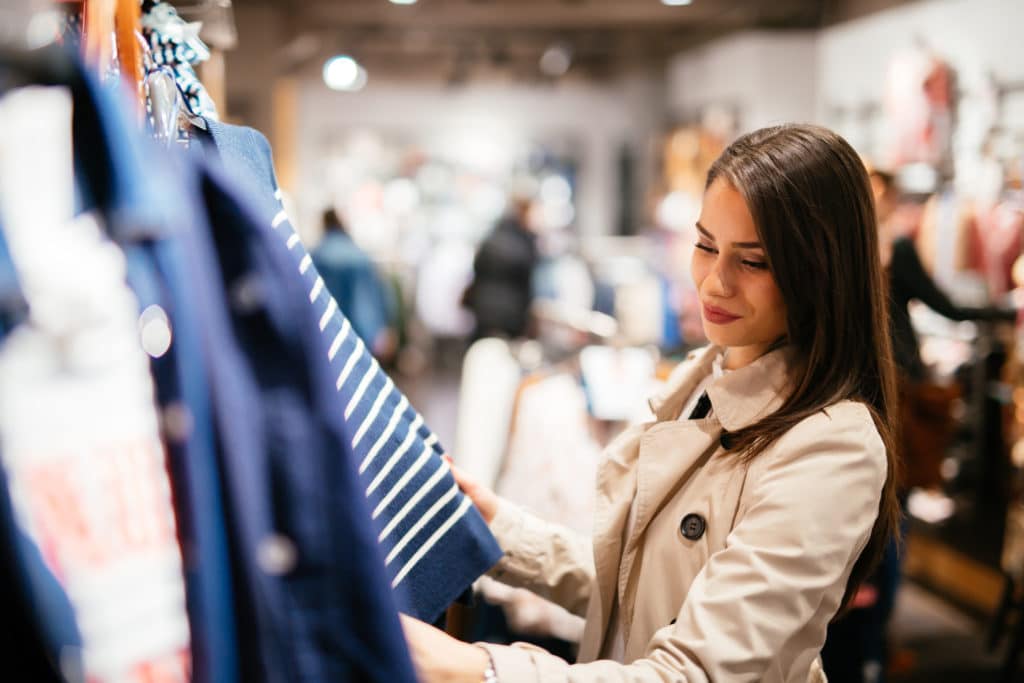What is Ethical and Sustainable Fashion?
Sustainable fashion is a growing trend – and for good reason. As well as being better for the environment, it’s also a way to improve and protect the social implications that fashion affects.
For brands, this means being mindful of where they source their products, who they allow to create these garments, and doesn’t leave a negative footprint. For consumers, this means understanding how what you purchase impacts the world.
As a model, it’s important to be able to understand and recognise what sustainable fashion is – and how it has the potential to reshape the fashion industry.

What is Sustainable (and Ethical) Fashion?
Sustainable fashion, also known as eco-fashion, is fashion that is mindful and considerate of the environment. This includes eco-friendly fabrics and manufacturing/production habits, fabrics that are recyclable or recycled and secondhand clothing. It includes vegan and cruelty-free fashion which helps improve animal welfare and reduces the negative environmental impact that using animals can have. It also includes the avoidance of toxic chemicals during the manufacturing process (for example, using organic cotton which is made without the use of pesticides and helps protect the land of farmers and wildlife).
Ethical fashion takes into consideration whether brands are considerate of humanity. Do they use workers who are supported, paid well and treated properly? Do they create too much waste which can be avoided? Are they charitable? This includes brands who work with local producers which not only helps to minimise their carbon footprint but also supports local workers.
Why is Sustainable Fashion Important in the Fashion Industry?
Fashion is one of the biggest industries worldwide, making up around 2% of the global GDP. This means it has a big responsibility to minimise its potentially negative impact on the environment and on humanity.
Unfortunately, the fashion industry does have a rather large negative impact on the world currently. In China, the fashion industry is one of the main water-wasting industries around; in fact, fashion is the second most polluting industry in the world after oil.
The rise in popularity of “fast fashion” (where cheap t-shirts and other garments are batch made to meet a sudden requirement, favoured by brands like Boohoo and Missguided) is incredibly harmful to its workers. Such cheap and quick turnaround, usually using staff in developing countries, means it is the workers who are paying the price with low wages and poor working conditions.
The increase in fast fashion also means a steady rise in using synthetic materials like polyester (found in around 60% of items in retail stores). While cheap to make, polyester is made using a chemical reaction using coal, petroleum, air and water – two of which are fossil fuels.
With such a negative impact on the environment, it’s vital the fashion industry takes responsibility for its extensive carbon footprint and implements practices that will help protect and nourish the environment as well as having greater social justice.
There is money to be lost by avoiding the growing importance of sustainable fashion. 45% of UK consumers said they would rather spend more on an item of clothing if it was made using sustainable methods. 44% of the UK public also said they would boycott a brand that did not have an eco-friendly policy.
The fashion industry is continuing to grow, which means it’s responsibility will continue to grow along with it.
Elements of Sustainable Fashion
Sustainable fashion can take many different forms:
- Having an eco-friendly approach to product design throughout the entire life cycle of the product.
- High-quality designs to create sustainable clothing developed to withstand the test of time (rather than low-quality designs that are thrown away quickly).
- Fair and ethical treatment of workers meaning a decent wage, a safe working environment and good working conditions.
- Recycling old garments or materials and using eco-friendly fabrics.
- Repairing garments to prolong their life.
- Borrowing, renting or swapping items (rather than buying items to wear once before throwing them away).
Brands should care about their impact on the environment and the effect their items may have on society. But it isn’t just the brands who need to take notice – it’s also you, the consumer, that needs to pay attention to what is in your wardrobe.

What Are Materials Used in Sustainable Fashion?
There are plenty of materials that can be used in sustainable fashion. Using offcuts, old stock and textile waste is the easiest most convenient way to create more sustainable, environmentally-friendly items.
Brands need to source ethical textiles (fabrics created by well-treated workers who are paid a fair wage).
Some brands have begun using recycled plastic bottles and other recycled products to create their items.
Fabric dying is out as it is very damaging and toxic to the environment. This means fabrics like organic cotton are used regularly in sustainable fashion.
Examples of sustainable materials include:
- Hemp. Hemp is popular due to its easily cultivated and ecological crop.
- Bamboo. Bamboo is popular as it is hypoallergenic and requires fewer pesticides and fertilisers for the plant to grow.
- Organic cotton. This cotton avoids using harmful pesticides and other chemicals in the production process. You can check to see if your organic cotton is GOTS-certified, meaning they used a high level of standards in its production.
- Recycled cotton. Recycled cotton uses cotton waste. It helps reduce water and energy consumption.
- Organic linen. Made from flax, linen requires few chemical fertilisers.
- Organic wool. Produced using sustainable farming practises, they also avoid using toxic sheep dips.
- Futuristic textiles. These man-made fabrics use innovative methods to create sustainable fabrics. They include Tencel (created by dissolving wood pulp), Pinatex (a vegan leather alternative), Econyl (uses synthetic waste such as plastic, waste fabric, and fishing nets to create a nylon-type yarn) and Qmonos (a synthetic spider silk).
How Are Sustainable Fabrics Made?
Sustainable fabrics are made without the use of polluting pesticides or other toxins, and by creating as little harm to the planet as possible.
Organic Cotton – How It’s Made
- Cotton comes from plants. For organic cotton, this plant is grown free from pesticides and using natural methods like composting to create healthy soil.
- Organic cotton farmers usually rely on rain to water their plants rather than extracting water from the ground which can put pressure on local communities.
- The white, fluffy seeds of the plant get hand-picked. These are then spun into cotton fibre and then yarn.
- This yarn then gets woven into a fabric.

Sustainable Brands, Organisations and Companies
There are some fashion brands that are primarily sustainable, while others adopt certain practices to help decrease their carbon footprint.
Ethical fashion brands that focus on making sustainable fashion in the UK include:
Fashion companies that are trying to decrease their carbon footprint include:
- Levi’s. They introduced a ‘Water<Less’ collection, which they say uses up to 96% less water in the manufacturing of their jeans.
- H&M Conscious Exclusive Collection. Each item in this collection has an aspect that decreases environmental impact.
- Zara’s parent company, Inditex. They encourage shoppers to return unwanted garments so they can recycle them.
- COS. They began a repurposed cotton project.
- Moshi Moshi Mind. They made a coat made from 100% recycled materials.
Which Brands Do Not Follow Sustainable Fashion Practices?
While a lot of brands are not doing everything they could be to decrease their negative environmental footprint, there are some brands that appear more eco-friendly than they actually are.
- LUSH cosmetics. While they have a strong stance against animal testing and have worked on numerous good causes in the past, a lot of their products contain harmful preservatives. 33% of their products are also not suitable for vegans.
- The Body Shop. Despite having one of the first companies to use Fair Trade and to avoid animal testing, their beauty range uses petrochemicals, synthetic colours, fragrances and preservatives.
- Primark. Primark is one of the worst offenders for fast fashion trends sold at cheap prices. Most of their garments are made in Bangladesh, meaning their workers are underpaid and likely overworked.
What is the Sustainable Fashion Academy?
The sustainable fashion academy provides online education and training to students, workers, companies and organisations to help give them the knowledge to have a more environmentally and economically sustainable business. All training is done online to decrease their carbon footprint and they aim to provide businesses with knowledge of the benefits and opportunities available to them if they incorporate a more sustainable stance in their company.
How Can Consumers Help?
As a buyer, it’s easy to become overwhelmed when trying to purchase sustainable fashion mindfully. It doesn’t help that brands often use vague and misleading terminology designed to make a sale rather than properly educate the purchaser. Fortunately, there are things you can do as a consumer to ensure your clothing purchases don’t negatively affect the environment.
Choose Your Priorities
You need to decide what you are comfortable with, and what you draw a line at. Unfortunately, you will struggle to find a brand that encompasses all the sustainable practises available. Figure out what your main concern is; it is workers rights? Sustainability? Business ethics? Animal rights? Once you’ve figured this out it will become much easier to find a company whose ethos you agree with and whose clothes you are happy to purchase.
Ignore Words Like “Natural” and “Responsible”
There are no rules on how a brand can use words like the above which means brands are free to use them in order to mislead their customers. To avoid falling victim, research the brands and try to find out information about their supply chain, ethics or sustainability credentials. If you can’t find anything, the likelihood is that they aren’t using very sustainable methods. Avoid!
Take Cost Into Consideration
Unfortunately, ethical fashion is more expensive (because cheaper products use cheap/harmful methods to create them). If a price seems surprisingly low, the truth is that it was probably created by cutting costs (using cheap synthetic materials, or poorly paid workers).
Check the Label
Look for sustainable fabrics (like the ones mentioned above). If buying leather, try to find something that uses recycled leather which is a byproduct from the meat industry.
Natural options are also important to look out for as they avoid using dyes and toxins.
Shop Local
Locally sourced clothing is far better for the environment as it has a far lower carbon footprint (you can imagine how shipping clothes from China is bad for the environment!)
CSR (Corporate Social Responsibility)
Look for the brands CSR guidelines, which should be available on their website. This will explain what they are actually doing to be sustainable. Ignore “fluff” phrases which are designed to mislead (like “made in England” – is it just the finishing product that is created here, or all the materials used to create it?) You’ll have to research their claims in order to figure out how substantial they are, but by doing so you will be far more clued up on just exactly how sustainable the brand really is.

How Sustainable Fashion Affects Models
As a model, you will not only be a consumer of these products like the general public, but you will also be representing brands that do or do not use sustainable methods. What you choose to wear outside of work is your choice, but as a role model your style may be analysed and talked about.
Not only this but whatever brands you work with will reflect your personal ethos. If you are vegan and are seen wearing animal materials, your fan base will be both confused and unhappy. Similarly, if you have a strong stance against mistreated workers and are seen working with a brand who famously uses fast fashion, you will likely receive a negative reaction from the public.
As a model, it is your responsibility to be clued up on how the fashion industry works. It is also your responsibility to decide what you agree with, which brands you are happy to work with and represent, and what you are willing to say no to.
Models, as well as the general public, must stay educated about current practises to create and maintain a more sustainable fashion industry.